TOYOTA'S MANY TRUCKS
Toyota has put out a number of truck models over the years, and it can be difficult to tell them apart. After all, aren’t they all trucks? The answer is complicated, but the history of each model is interesting and sheds light on what each model is designed to do.
Pickup
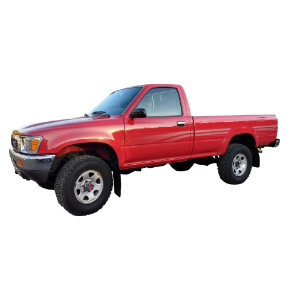
Toyota first entered into the truck market in 1947 with the SB, which was never sold outside of Japan and Asia. Its popular Hilux model was introduced in 1968, though in North America, starting in 1976, the “Hilux” was dropped and the vehicle was marketed simply as “Toyota Pickup”.
1-Ton
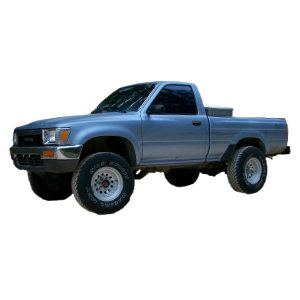
A variation of the Pickup, the “Toyota 1-Ton” can carry up to 2,000 pounds (compared with the Pickup’s 1,600 pound capacity) in its bed combined with cargo and passenger seating.
4Runner
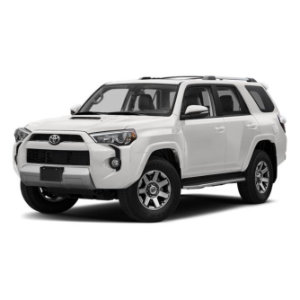
Initially a Pickup with a camper shell (known as the Toyota Trekker), in 1983 it was redesigned to have a single metal roof enclosing the bed, part of the first generation of what would become known as Sport Utility Vehicles (SUVs).
Tacoma
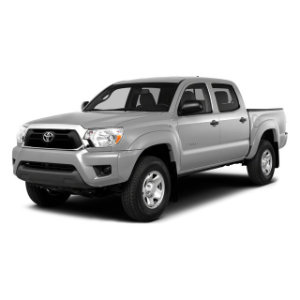
The success of the Pickup led to the Tacoma, a compact pickup truck with a more comfortable interior. This reflected the needs of the North American pickup truck driver, who needed the vehicle for more than simple hauling.
T100
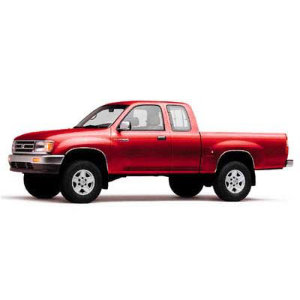
Toyota sought to build upon the success of the Pickup and Tacoma by introducing a full size pickup—a market space that, in North America, had been dominated by domestic brands.
Tundra
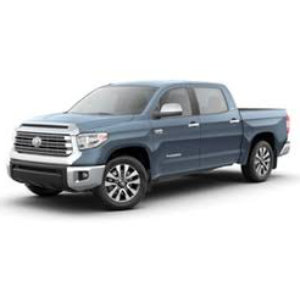
Following the success of the T100, Toyota introduced the Tundra in 1999. According to Wikipedia, “The Tundra was the second full-size pickup to be built by a Japanese manufacturer (the first was the Toyota T100), but the Tundra was the first full-size pickup from a Japanese manufacturer to be built in North America.”
Sequoia
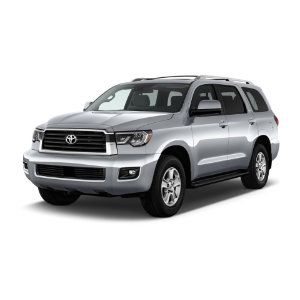
The Sequoia is Toyota’s full-size SUV, built on the Tundra chassis.
Sienna
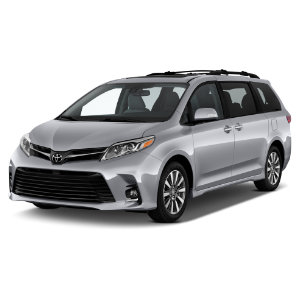
Toyota’s entry into the minivan market, introduced in 1997.
Land Cruiser
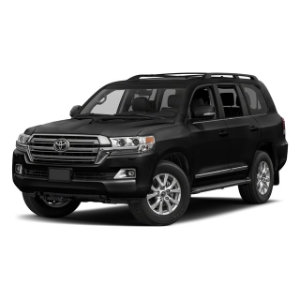
Toyota’s longest-running model—it first rolled off the assembly line in 1951!—it now fills the role of luxury SUV.
